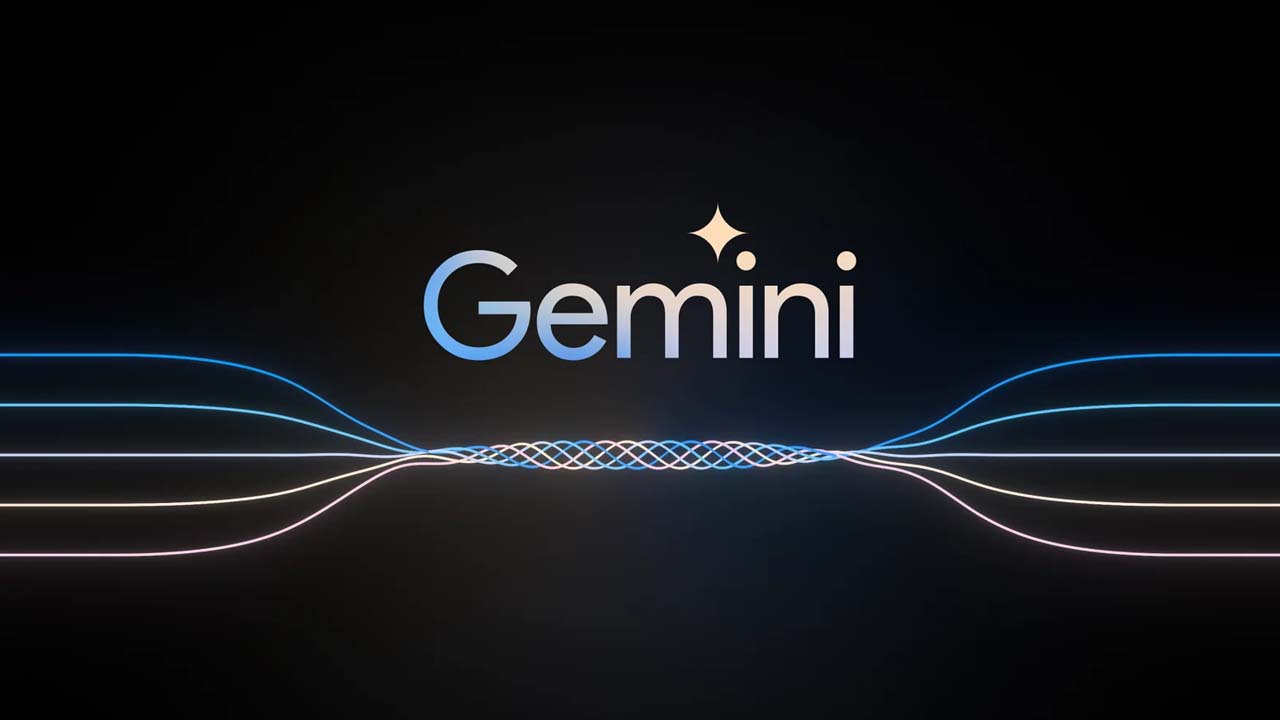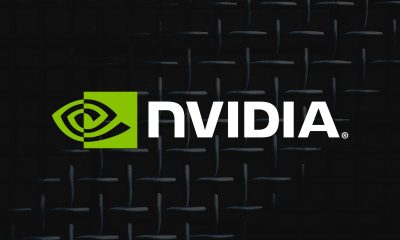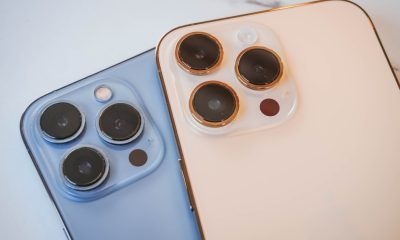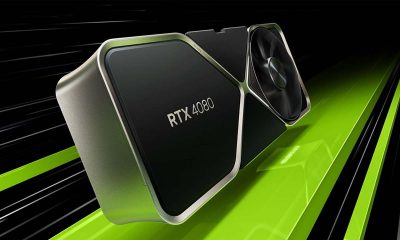Enterprise
Why the NVIDIA-Arm deal is unlikely to get approval from China
Geopolitics taking over the technology world

British chip designer Arm is a very unique company in today’s world. Monopolies are despised and regulators are always on the lookout for antitrust practices. Despite this, Arm’s chip design is used in pretty much every modern gadget, giving it an unprecedented level of technology control.
Whether it’s your Android or iOS smartphone, tablet, work machine, or a tiny smartwatch, all of them leverage Arm’s chip design. With the IoT boom, more and more devices are leveraging these technology stacks. We can compare Arm to a golden goose, it’ll keep giving healthy rewards as long as it’s neutral and follows standardized licensing.
The existing model has given Arm more than 90% market share and a considerable edge against rivals like Intel and AMD. However, experts are concerned the recent acquisition of Arm by Nvidia could spark regulatory trouble. Nvidia announced it’ll be buying Arm for US$ 40 billion from Japanese giant SoftBank.
The proposed transaction will need regulatory approval from the US, the UK, the EU, and China.
Understanding how Arm operates
Arm’s success is based on its neutral nature — it doesn’t manufacture chipsets and keeps a low-key profile in terms of marketing. Instead, it silently licenses its IP (intellectual property) to companies for direct use. These customers are then free to modify, manufacture, and market these chips easily.
To be more precise, manufacturers license ARM’s architecture or instruction sets. They determine how processors handle commands. This option gives chip-makers greater freedom to customize their own designs. In the end, Samsung’s Exynos, Qualcomm’s Snapdragon, Huawei’s Kirin, and Apple’s A-series rely on Arm for chip designs.
Arm’s direct rival in the chip designing space is Intel, who utilizes a different architecture called the x86. However, Arm’s designs are known for their power efficiency and have proven to be superior. No other company has been able to make a significant impact against Arm’s might. According to Arm, more than 180 billion chips with its processor cores and other components have been shipped around the world.
Arm is purely a technology company that gets along well with everyone. Arm co-founder Hermann Hauser describes the company as “the Switzerland of the semiconductor industry” because of its approach. The technology is universally available and anyone can get a piece of it. And, with a spotless track record of three decades, the company is considered stable despite international political unrest.
The company was sold to SoftBank in 2016 and there were concerns in China about a Japanese giant owning a key technology asset. China and Japan have a strained relationship, but the deal emphasized that SoftBank won’t hinder Arm’s business strategy and key decisions. And hence, the transaction went through.
US vs China trade war
The world has changed radically in the last four years. The US and China were embroiled in an extended trade war, the Coronavirus pandemic has soured international relations, and the US now wants to ban TikTok and WeChat. Huawei has lost access to key channels like Google Mobile Services, disrupting its mobile division. The telecom giant’s 5G ambitions are on hold due to increased security scrutiny in many countries like Australia, Germany, and India.
Right now, Chinese investors hold a majority stake in it’s China operations, and this division makes up 20 percent of Arm’s annual revenues. Hence, a nod from the Chinese regulator plays a critical role in the deal to go through.
An opinion piece in state-backed Global Times said, “If Arm falls into U.S. hands, Chinese technology companies would certainly be placed at a big disadvantage in the market.” Chinese regulators haven’t spoken publicly about the deal, but state-run media is often viewed as a barometer of sentiment among senior officials.
If Arm comes under Nvidia’s control, the US government will also have more power against China in the technology race. Chinese companies Huawei, ByteDance, ZTE, and WeChat have faced severe sanctions, crippling their business. A lot of Chinese companies rely on Arm’s technology and Huawei’s Kirin lineup is drastically affected due to the ongoing trade sanctions.
Geopolitical climate playing a role in the deal
In 2018, China rejected Qualcomm’s offer to takeover American-Dutch semiconductor maker NXP. The deal was worth US$ 44 billion. The NVIDIA-Arm deal will take almost 18 months to complete, during which the ongoing geopolitical crisis could play a pivotal role.
NVIDIA and Arm have offered reassurances that the British firm will remain neutral. As part of NVIDIA, Arm will continue “maintaining the global customer neutrality that has been foundational to its success,” the companies said in a statement.
The boilerplate release doesn’t look very reassuring though. On September 26, the US imposed restrictions on exports to China’s biggest chip maker SMIC. It said the company may pose an unacceptable risk of diversion to military end-use.” SMIC has denied any ties to China’s military.
Following the restriction, Global Times published another article stating, “It now appears that China will need to control all research and production chains of the semiconductor industry, and rid itself of being dependent on the US.”
The indications are clear, China is increasingly concerned about technological independence. The internet grew on the back of globalization, but in the last few years, calls for localization have grown louder. The NVIDIA-Arm deal will be a testing point for international trade and diplomacy.


The ongoing trade war between the United States and China is putting a lot of companies out of business in one country. While all eyes are currently on America’s crusade against TikTok, China has launched a salvo of its own. The country has started banning AMD and Intel, starting with government devices.
Recently, as reported by the Financial Times, China has introduced a new rule that bans American chipsets and servers from government agencies. The new ban includes AMD, Intel, and Microsoft Windows.
In lieu of the now-banned brands, Chinese government agencies must use approved brands from a list of 18 Chinese manufacturers. Unsurprisingly, the list includes Huawei, another brand involved in the ongoing trade war. (Huawei is still banned on American soil.)
As with bans from America, China’s latest rules stem from a desire to implement national security. Both countries allege that using brands from the opposing side will open a potential avenue for transferring classified information.
Currently, the ban against the American chipsets are only affecting government devices. However, if it follows the same trajectory as Huawei and TikTok in the United States, a government-only ban might soon lead to an all-out ban on consumer devices. As TikTok is currently hanging in the balance, it’s unlikely that the trade wars will cool down anytime soon.

So far, Apple’s greatest enemy has been the European Union. Months and months of claiming that the company engages in anti-competitive practices, the region has successfully caused Apple to drastically change a lot of things about the iPhone including the Lightning cable. Now, a new challenger wants Apple to answer for its supposed grip on the industry: the United States government.
Today, the Department of Justice is officially suing Apple for supposedly monopolizing the smartphone industry and stifling competition. The lawsuit alleges that Apple’s lineup of products prevent users from trying out other brands. For example, Apple limits how well a third-party smartwatch works on an iPhone, pushing users to go for an Apple Watch instead.
The lawsuit also includes an important pain point in Apple’s fight in Europe. It says that the company makes it difficult for iPhone users to communicate with Android users (and vice versa). Late last year, the company already committed to supporting RCS as a messaging standard, finally easing communication between the two systems. Their adoption has yet to arrive, though.
Though not as stringent as Europe, the American government is no slouch when it comes to questioning its own companies for pursuing anti-competitive practices. In the past, it went through Google and Spotify to protect the interests of its citizens. The lawsuit against Apple is no different, gathering signatures from sixteen states.
For Apple’s part, the company aims to get the case dismissed, alleging the lawsuit’s unfair scope of just the American people when it targets the entire world.
SEE ALSO: Apple opens first Developer Center in Southeast Asia

With how technology is these days, it’s no surprise that the next big thing is always just over the horizon. However, these developments often happen year after year. Today, artificial intelligence is strapping a rocket to this already fast trend. Only a few months since the launch of Gemini, Google has already launched its successor, Gemini 1.5.
Launched only recently, Gemini is a marvel in itself. Prior to the model, Google was already a force in the AI world with Bard. Gemini takes the former model and improves an already impressive service. Currently, users — both in business and for personal use — can subscribe to the service.
Today, Google has confirmed that Gemini 1.5 is official. The company is touting how much more impressive the new version is, compared to its predecessor. For one, Gemini 1.5 Pro is just as powerful as the current Gemini Ultra, beating the latter on 87 percent of tests. The new version is reportedly more efficient in allocating only the necessary resources for queries, rather than the entire model.
Despite allocating resources, Gemini 1.5 can handle a million tokens at a time. For reference, Gemini Pro can only handle 32,000 tokens at a time. Basically, the new version can parse through a humungous chunk of data all at once without batting a digital eye. (Google is claiming that capabilities for 10 million tokens is nearing, too.)
If you want to see what a million tokens in the palm of your hand feels like, Gemini 1.5 is already available for developers and business users. However, a wider rollout is still coming soon.
-

 Accessories2 weeks ago
Accessories2 weeks agoApple Vision Pro Review: Two Months Later
-

 Features5 days ago
Features5 days agoFortify your home office or business setup with these devices
-

 Gaming1 week ago
Gaming1 week agoThe Rogue Prince of Persia looks like an ultra-colorful roguelite
-

 Events1 week ago
Events1 week agoStellar Blade: PlayStation taps cosplayers to play Eve for game’s launch
-

 Gaming1 week ago
Gaming1 week agoStar Wars Outlaws release date revealed
-

 Accessories1 week ago
Accessories1 week agoLogitech unveils G Pro X 60 gaming keyboard: Price, details
-

 Philippines2 weeks ago
Philippines2 weeks agovivo Y100 to release in Philippines on April 27
-

 Deals2 weeks ago
Deals2 weeks agoSamsung Awesome April: Deals on Galaxy A series








